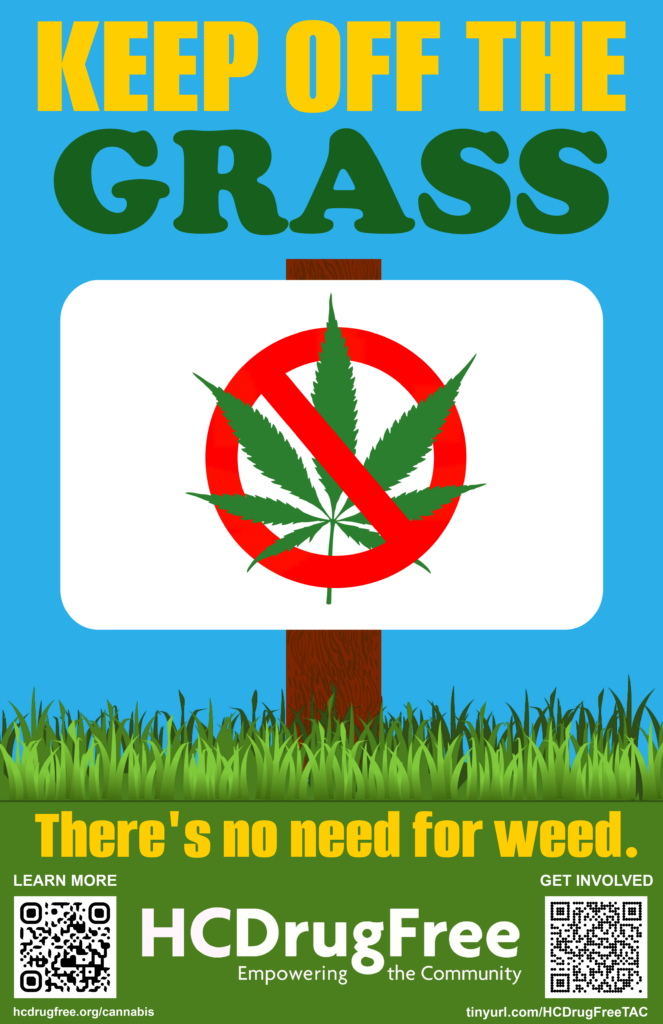Intro to Cannabis and Marijuana
Cannabis refers to every product derived from the cannabis sativa plant, which includes approximately 540 chemical substances.
Marijuana, though sometimes considered to be the same thing as cannabis, is referring the part of the cannabis plant that contains the psychoactive chemical tetrahydrocannabinol (THC) which is responsible for making users feel “high.”
How is Marijuana Used?
- Smoking: Smoking marijuana involves inhaling the plant’s dried flowers, often rolled into joints or smoked in pipes.
- Vaping: Vaporizers heat the marijuana to a temperature that releases cannabinoids as a vapor, which is then inhaled.
- Edibles: Marijuana-infused foods like brownies, cookies, or gummies are popular. Effects take longer to kick in, often leading to unintentional overconsumption if users don’t wait for the effects to manifest.
- Dabbing: Concentrated cannabis extracts, like wax or shatter, are heated and inhaled using special devices. Dabbing delivers high THC levels and intense effects.
- Tinctures: Liquid extracts of marijuana are consumed by placing a few drops under the tongue, offering faster absorption into the bloodstream.
- Tea and Beverages: Marijuana can be steeped in hot water to create a cannabis-infused tea or added to beverages.
- Topicals: Creams, balms, and lotions infused with cannabinoids are applied directly to the skin.
- Suppositories: Less common, suppositories containing cannabinoids are inserted into the rectum or vagina.

What are the Risks?
Health
Short-term marijuana use can lead to impaired memory, coordination, and judgment. Long-term use might result in respiratory issues and cognitive impairments, particularly if started during adolescence when the brain is developing.
In addition to the health concerns mentioned above, there is also the potential for addiction. Although not everyone becomes addicted, marijuana can be habit-forming, especially for those with a history of substance abuse or mental health concerns.
Mental Health
While some may experience relaxation, others might face increased anxiety, paranoia, or developing mental health conditions like depression or schizophrenia. Research has clearly associated cannabis with suicidal ideation and self-harm among teenagers and military veterans.
Social & Legal Ramifications
- Educational and Occupational Consequences
- Use of marijuana may affect academic or career success. Regular use may result in difficulties with concentration, memory retention, and critical thinking and can impact tasks that demand attention to detail, problem-solving, and decision making. This impairment can affect performance evaluations, advancement, and jeopardize enrollment or job security, especially since many academic and professional organizations maintain policies that forbid the use of marijuana and other drugs.
- Driving Impairment
- Driving under the influence of marijuana is not only illegal but also poses a significant danger to the driver, passengers, pedestrians, and fellow motorists. The impairment caused by marijuana use affects spatial awareness, decision-making, and coordination, leading to erratic driving behavior, reduced reaction times, and an increased risk of accidents. Penalties for impaired driving can be severe, and the potential consequences of accidents can be devastating.
- Legal Consequences
- Although recreational Marijuana has been legalized for adult use in the state of Maryland it remains illegal for anyone under the age of 21 to purchase, possess, or use. Marijuana remains illegal at the federal level so you cannot bring marijuana over state lines or carry it onto federal land. Failure to comply with the guidelines may result in fines, civil penalties, and incarceration.
Resources
CDC: What We Know About Marijuana
Get Smart About Drugs: Effects of Marijuana and How Parents Can Help
NIDA: Cannabis (Marijuana) DrugFacts
NIH: Cannabis (Marijuana) and Cannabinoids: What You Need To Know
NIH: Cannabinoid Hyperemesis Syndrome




